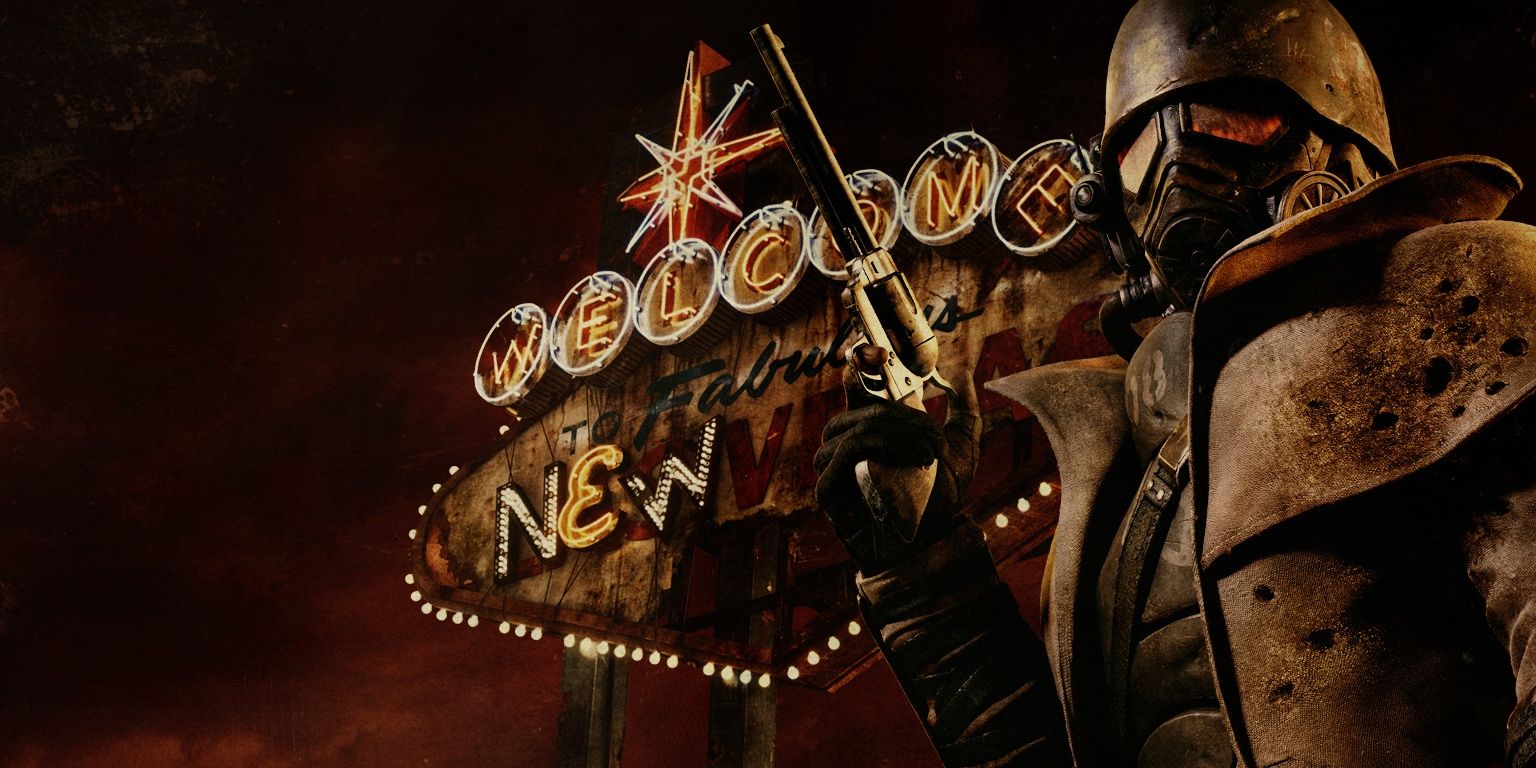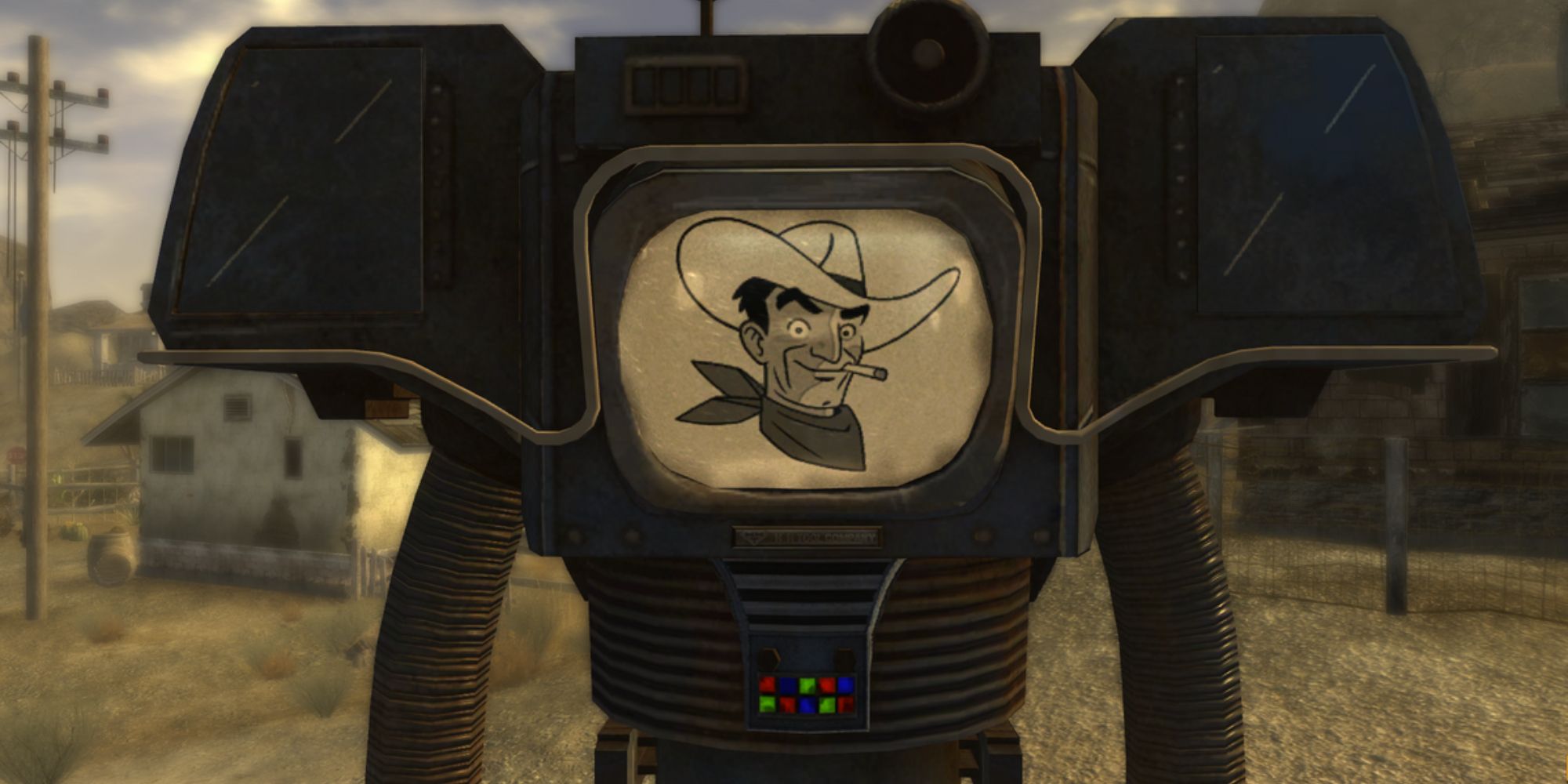Fans of classic Fallout may remember one of the game’s most distinctive features: the time limit. The inclusion of this mechanic makes perfect narrative sense; in Fallout, you were chosen by the overseer to look for a replacement water chip for your community of underground vault dwellers. As it goes, the chip that made up an integral part of the vault’s water purification system had been broken, which means that the vault’s supply of water is rapidly dwindling. Not only do you have to find a chip from a nearby vault, you have to retrieve it fast. There is no time to waste. Thrusted out into the radioactive wasteland with the barest of essentials, you’re told that you only have 150 days to locate a replacement chip before the water supply runs out.
Yet this feature was so unpopular that it was quickly removed in subsequent patches. In an interview with Kotaku, Tim Caine, the lead programmer and producer of Fallout, explained the rationale behind the time limit back then. “He [lead designer Chris Taylor] felt that a large open world like Fallout needed something to force the player to focus their attention on the storyline. We developed Fallout with the time limit, including adding cutscenes showing the water running out at the Vault,” explained Caine.
In the original version, players can theoretically add another 100 days to this limit by paying for water supplies from merchants. However, this extension comes with an expensive caveat. It reduces the period of time before a secondary but more catastrophic event takes place: the invasion of your vault by a hostile race of super mutants. In short, you’ll need to finish the entire game—from finding the water chip to eliminating the super mutants—in the span of 500 days. Purchasing the additional supplies thus inadvertently reveals your vault’s location to the mutant army, reducing this timeline by 100 days. This is exacerbated by how players didn’t like that they had to rush through the game; instead, they wanted to take their time exploring the new world beyond the vault.
So much of classic Fallout is built around this time limit. As controversial as this limit is, it adds a sense of urgency to the hero’s journey, adding new depths to the crises that the hero has to face and overcome. Necropolis, which is a city inhabited by friendly ghouls, can be eradicated by the roving super mutant army if you don’t visit it within 110 days. Many other factions, such as the Followers of the Apocalypse, can be killed if the leader of the super mutants aren’t dealt with by a specific number of days. Then there’s the eternal dilemma that has long plagued completionists: do you indulge your wanderlust and explore more of the world before fulfilling your responsibilities?
There’s zero doubt, at all, that subsequent Fallout sequels—including a possible Fallout: New Vegas sequel—will be an open-world RPG, given the recent trend of triple-A releases that promise vast, open worlds for players to spend 500+ hours in. And time limits like the one imposed in Fallout are antithetical to the nature of such open-world titles; these games are meant to be explored, with every nook and cranny unearthed and examined by the naked eye. That said, it would be a grand idea to bring back this mechanic in some form or another. Take it as a return to form towards a more experimental, audacious Fallout: one that’s unflinchingly open to letting players go off the rails, and encouraging exploration of its wilderness, themes and moral ambiguities in sardonic new ways.


